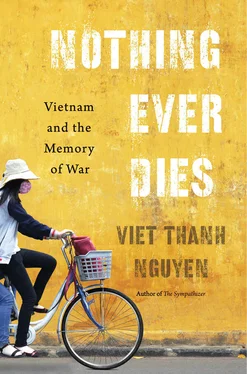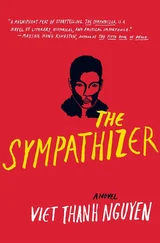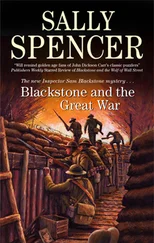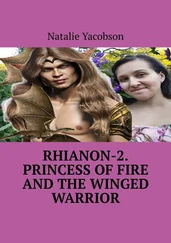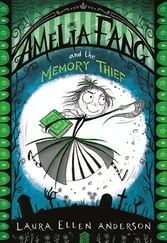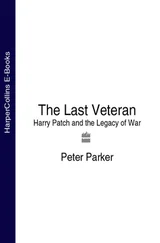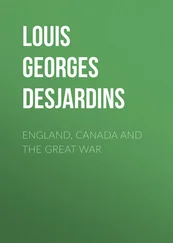Kingston goes on to say that “peace has to be supposed, imagined, divined, dreamed.” 43This kind of dreaming will not happen without cosmopolitanism and compassion and their persistent, irritating reminder that waging war is easier than fighting for peace. If peace begins with the individual, it is realized collectively with peace movements, for peace is not simply a matter of praying or hoping, although they, like dreaming, do not hurt. Instead, peace happens through confronting the war machine and taking over the industries that make it possible, which include the industries of memory. It is no surprise, then, that peace seems so much harder to achieve than war, which offers us an immediate profit. Exploiting our fear and our greed, the cynical supporters of war can convert even powerful memory to weaponized memory. This is the kind that encourages patriotism, nationalism, and the heroic sacrifice of soldiers for the country. The strength of weaponized memory is why appeals from the high ground alone cannot stop war or realize peace. Calls to our humanity have often turned into justifications for war. This is why a need remains for memory that forces us to look at our inhumanity, which we might wish to deny. Recognizing our inhumanity, we begin remaking our own identity so that it does not belong to the war machine, which tells us that we are always and only human, and our enemies less so.
WE MUST REMEMBER in order to live, but we must also forget. Too much remembering and too much forgetting are both fatal, certainly to ourselves, perhaps to others. This is why demands to always remember and never forget eventually face calls to reconcile and forgive. The cycle works in reverse as well, when we respond to amnesia by calling for history. But when can we forget? As Paul Ricoeur argues, there are unjust and just ways of forgetting, as there are unjust and just ways of remembering. Unjust ways of forgetting are much more common than just ones. They involve leaving behind a past that we have not dealt with in adequate ways. We ignore that past, we pretend it did not exist, or we write its history to serve a prejudicial agenda. Sometimes we conduct these actions under the guise of reconciliation, as when former enemies agree on treaties that allow them to be friends, without addressing the history of violence that binds them. In regard to my war, all of these modes of unjust forgetting have happened or are happening.
Whether we are winners or losers when it comes to war, the challenge of forgetting is inextricably tied to the question of forgiving. Winners may find it somewhat easier to be magnanimous and forgiving, while losers are perhaps easier to forgive, given their suffering. But most types of forgiveness are compromised, and a just forgetting will not happen unless we meet the conditions of just memory or until we extend genuine forgiveness. Forgetting can be difficult when both war’s winners and losers attempt to portray themselves virtuously, as they usually do. They see themselves as victims, never victimizers. Defeat aggravates this sentiment, as is the case in the community in which I was raised, the Vietnamese refugees in America who lost everything except their memories. They have valid reasons to remember their past, but they also tend to forget, particularly in public commemoration, the venality of the southern Vietnamese regime, the violence committed by their own soldiers — who happen to be their fathers, brothers, and sons — and how their sentiments may be viewed from elsewhere. Hence the bracing quality of Nguyen Huy Thiep’s short story, “Khong Khoc O California,” or “Don’t Cry in California.” The story’s narrator writes from Vietnam to his brethren in exile and says, “ Vietnamese people, don’t cry in California ,” which is “ perhaps the most beautiful place on earth. ” 1He also calls out to all the outposts of Vietnamese exile: Louisiana, the thirteenth district of Paris, Berlin, Sidney, and Tokyo. He enjoins the diaspora to “ Remember me, remember your homeland ,” “ the place you long to see. ” 2The narrator, something of a mess after his lover abandoned him for California, believes these Vietnamese exiles and refugees, steeping in their melancholy, loss, and rage, should recognize what they have gained as much as what they have lost. While they might justify crying for themselves, perhaps they would stop crying if they recognized others, namely their own people who had stayed in the land that they left behind. Otherwise, they suffer the fate of all exiles, who, to borrow from Baudelaire, are “relentlessly gnawed by longing.”
One way to overcome one’s own grief and to haul oneself out of the morass of memory is to remember others, to see oneself in relationship to others, and to look at oneself with detachment. Or, as spiritual guide Thich Nhat Hanh puts it, “People have a hard time letting go of their suffering. Out of a fear of the unknown, they prefer suffering that is familiar.” 3In not so spiritual a fashion, Thiep’s narrator struggles to see his own suffering in relation to the suffering of others. Recognizing that he is a “bum” with “decaying teeth” who “deals heroin,” he reaches out to his lost love and all those like her in exile. The story reaches the level of allegory when the narrator comes to stand in for Vietnam, describing himself as afflicted with “inflation,” someone “retarded” and “backwards.” This story of two lovers lost is really a tragic love story of abandonment and misunderstanding between homeland and diaspora. They are each stuck in the past, struggling to move forward and trying to forgive one another. As always, remembering and forgetting are in a seesaw relationship, never, perhaps, to achieve equilibrium.
Given this, how can the difficult operation of just forgetting be done? Can one just forget when one “feels the tremors of war transferred across generations,” as Mai Der Vang says? A writer of the second generation, raised in America, she speaks of another population of the war’s losers, the exiled Hmong who fled from Laos and came to an America intent on ignoring their existence, their hurt, and their sacrifice. “While a person can be evacuated from his war-torn country, he can never be evacuated from the trauma,” she writes. “Many of us are innately tied to this trauma as if it were strung into our DNA.… This war is my inheritance.” The demand for memory remains strong for her, but so is the need to turn to the future: “We must build a fortress of Hmong identity that can withstand the effects of exile and diaspora; one that won’t mourn what could have been, but instead, transforms the trauma into what we can fully be.” 4
Chue and Nhia Thao Cha realize Vang’s understanding of refugee history and memory in their story cloth, a unique art form born from the Hmong refugee experience. 5Created on a double bed — sized piece of commercial cloth in a refugee camp, this story cloth narrates an epic history of the Hmong people, from their origins in China; to their settlement in the mountains of Burma, Thailand, and Laos; to their refugee odyssey on foot and across the Mekong River; to their life in Thai refugee camps and their embarkation, in the bottom left hand corner, onto an airplane bound for the west. The story cloth puts Hmong people on the map, their country scattered across many nations. 6The story cloth is itself a map that contradicts how Western maps of foreign worlds are usually empty of people. Western accounts of new lands often describe them as wildernesses, with the people already there not existing under Western eyes. Those Western maps serve, eventually, as the guide to aerial bombardment. But this story cloth insists that there were people under the bombs, and that their memory and history persists, although not in the linear fashion favored by the West. Instead, the story cloth, by being about both space and time, shows what Vang claims: history and trauma are always present at every moment in Hmong refugee identity. 7For the Chas and for Vang, war, memory, and identity are inextricable because Hmong identity in the United States does not exist without war. As for the transformation of trauma, as with the possibility of just forgetting, neither is possible without just memory. Vang’s words, and the Chas’ story cloth, take us toward that just memory.
Читать дальше
